
“
(via Dangerous Minds)
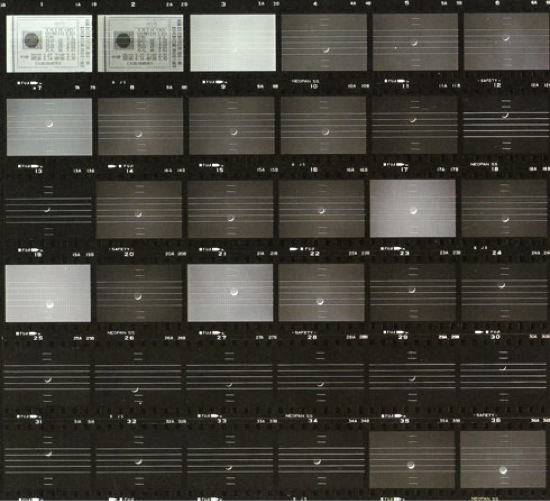
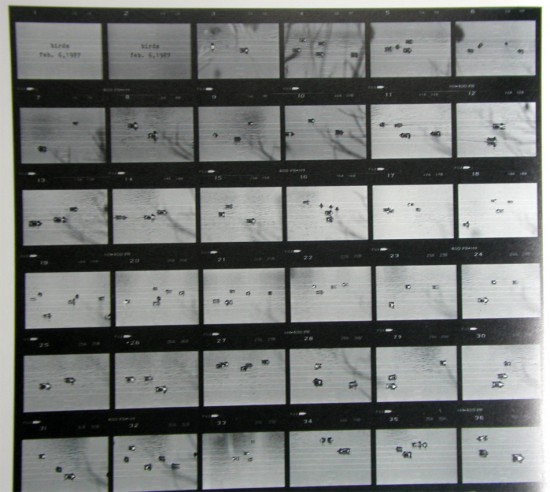
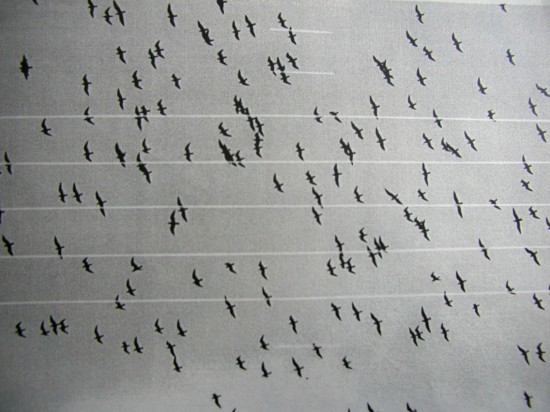
“In Moon Score (1975-1979), Hitoshi Nomura photographed the moon on film marked with five lines (like staff paper). The project was supposedly inspired by Nomura spotting the moon moving behind telephone wires. In an early exhibition of the piece, visitors began to hum the “score”, and later exhibitions featured a CD with a string quartet or chorus performing the score. Later Nomura made a similar series called ‘birds’ photographing just birds.” You can listen to the music here.
(via TRIANGULATION BLOG)
(via Nerdcore)
Captcha by Gabrielle De Vietri…
(via VVORK)
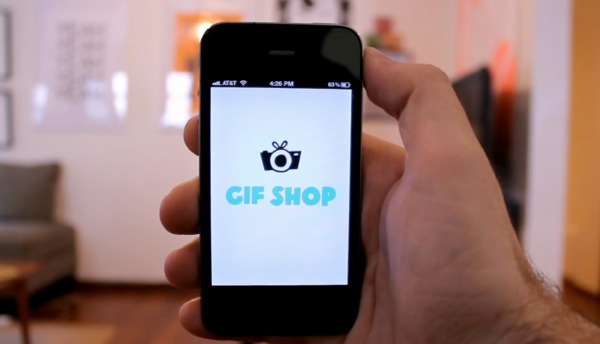
Create animated gifs with ease using this new iPhone app: Gif Shop!

(via Dangerous Minds)
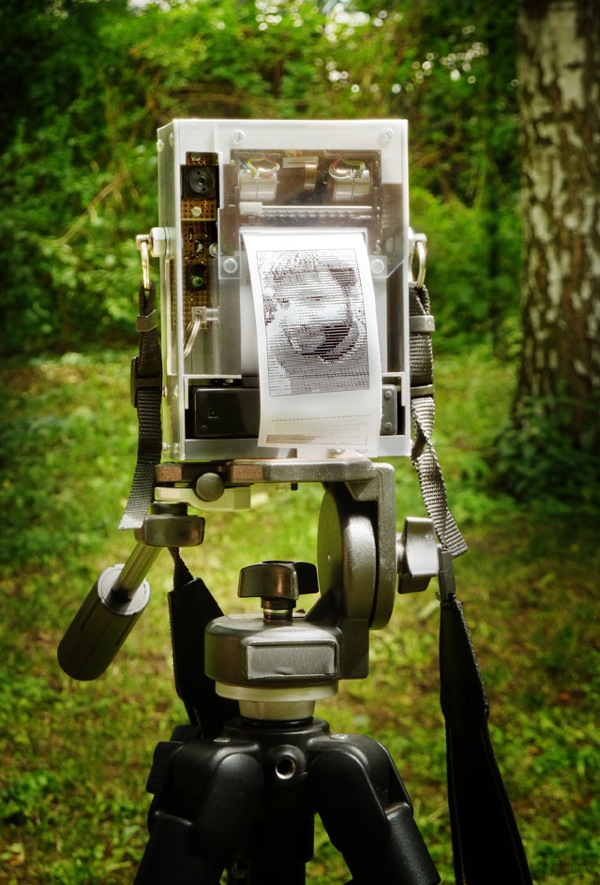
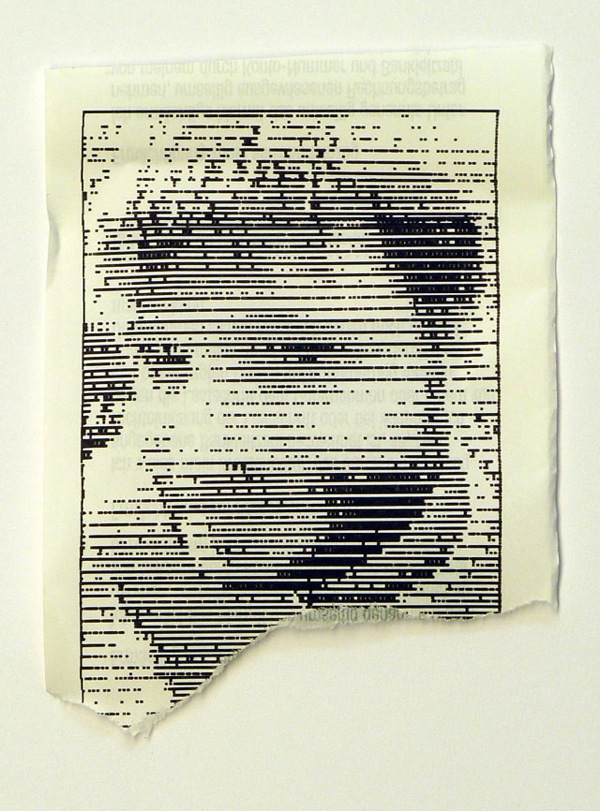
Electronic Instant Camera is a project by Niklas Roy. It’s a combination of an analog b/w videocamera and a thermal receipt printer.
“The device is something in between a Polaroid camera and a digital camera. The camera doesn’t store the pictures on film or digital medium, but prints a photo directly on a roll of cheap receipt paper while it is taking it. As this all happens very slow, people have to stay still for about three minutes until a full portrait photo is taken.”
(via today and tomorrow)
‘People Staring at Computers’ is a photographic intervention by Kyle McDonald:
“I wrote a simple application that took one picture every minute. If it found a face, it uploaded the photo to my server. I installed the app around NYC over three days, collecting more than a thousand photos.
Before sharing the photos online, I decided to exhibit them in the same places they were originally captured. So I wrote another app that could be remotely triggered after being installed on all the computers in one location. When the app starts up, it takes a picture and slowly fades in that photo. A moment later, it starts cycling through older photos.
Most people instinctively quit the app less than 10 seconds after recognizing their own face, so the exhibition was relegated to the unused machines.”
(Via F.A.T.)
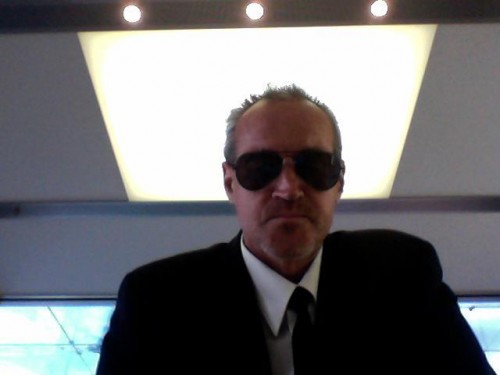
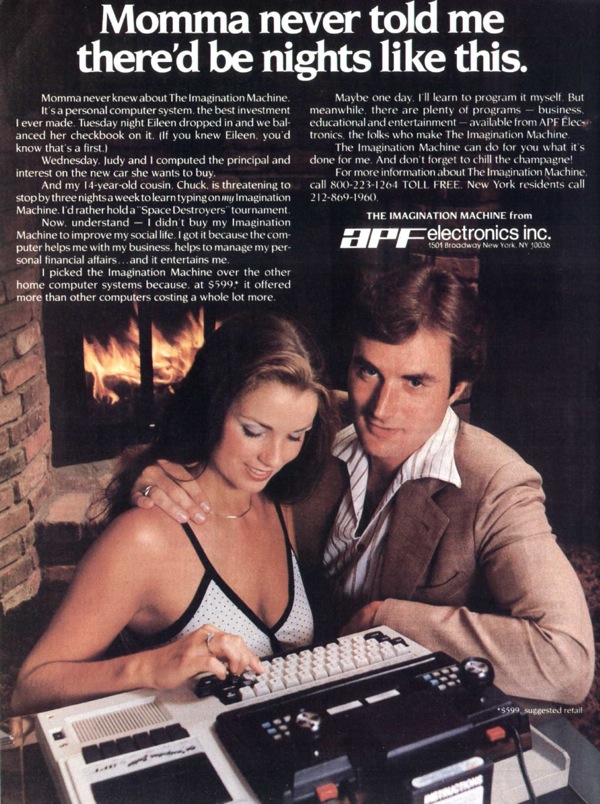
(via 990000.tumblr.com)
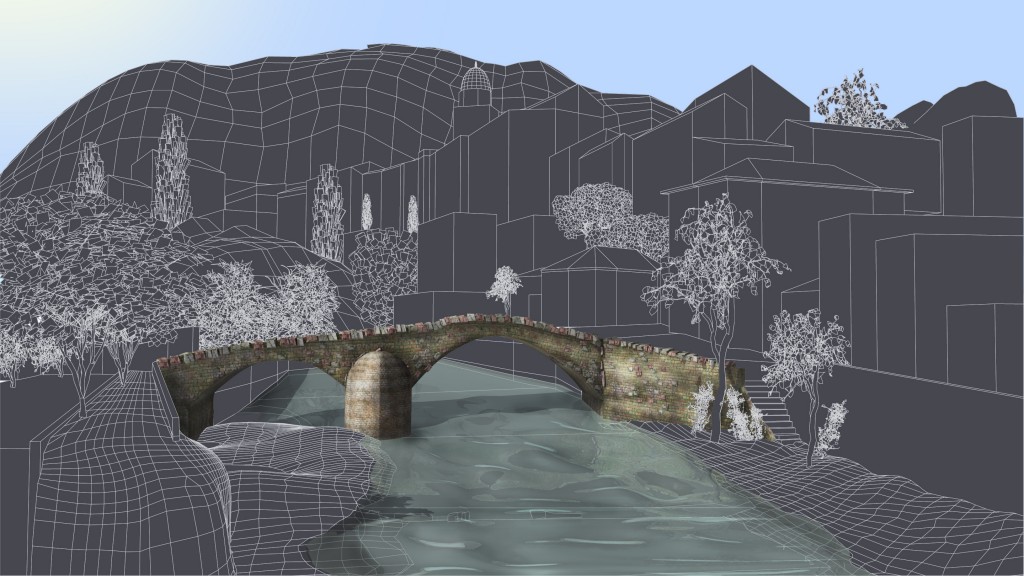
Senso Orario is an exhibition I curated in Voltaggio (Alessandria), a little town in the north of Italy.
Five contemporary artists (Bianco-Valente, Mariagrazia Pontorno, Tamara Repetto, Roberto Pugliese and Marcella Vanzo) created site specific works for the occasion. Here are some photos…
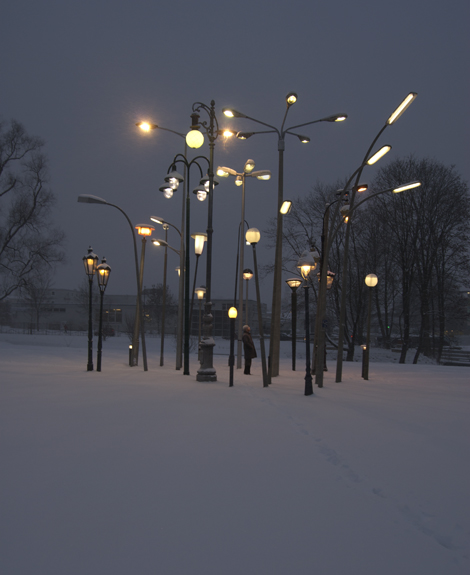
Sonja Vordermaier, Streetlampforest, 2010
‘Streetlampforest’ is a collection of 30 european streetlamps from different origins and times (Amsterdam, Berlin, Erfurt, Leipzig, Glasgow, Innsbruck, Milano, Hamburg, Prag, Cagnes-sur-mer (France), Sarajevo, Stuttgart, Belgrade, Lippstadt, Munich, Sofia, Trieste,Wolfsburg and Vienna).
(via pietmondriaan.com)
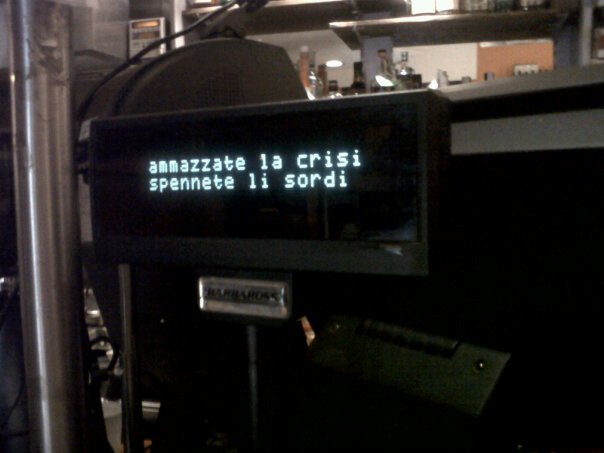
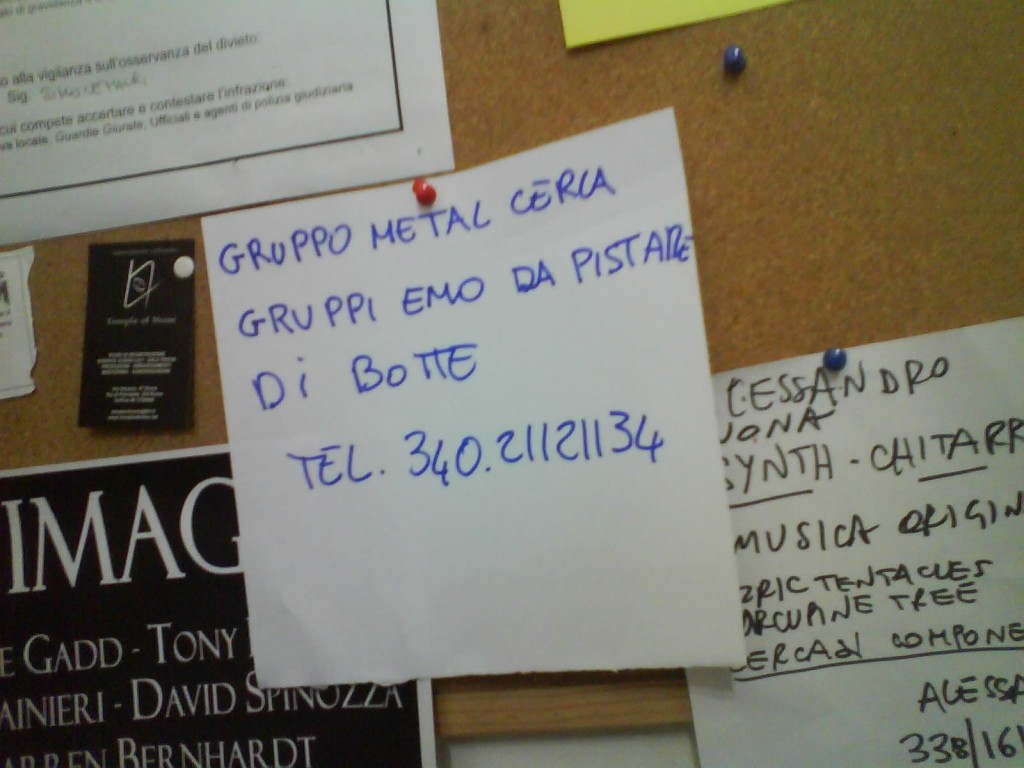
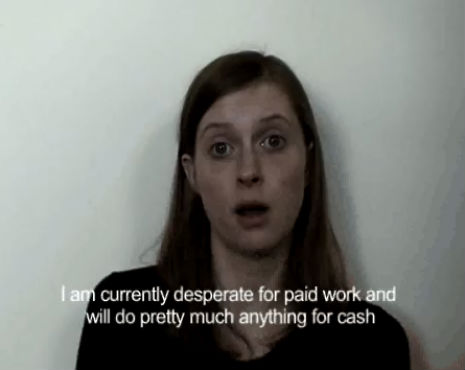
update: you should also take a look at Charlotte’s talk about Art Bollocks, inspired by this great article by Brian Ashbee.
(via wurzeltod)
David Byrne interviews himself for a Talking Heads´ film concert by Jonathan Demme…
(via pietmondriaan.com)
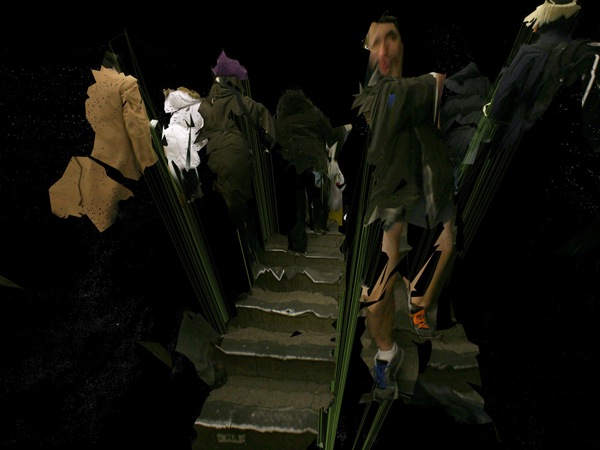
DepthEditorDebug by James George and Alexander Porter is a project that combines DSLR photography and Kinect depth sensor information.
More information about the project can be found here. A Flickr set with more images can be found here.
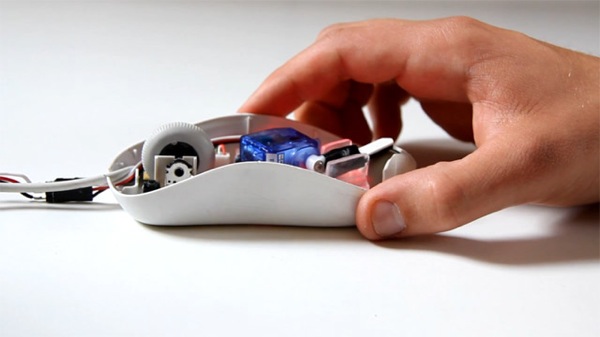
DataBot Mouse is very interesting experiment by Jan Barth and Roman Grasy:
The mouse is able to communicate three different properties of data. It can show you the weight of files and folders, by braking with different force, according to the file-size. Or you can set a custom weight for files, just like the color marking function in MacOSX. So you can find important files more easily.
The third property, the mouse can show you, is the activity of files and folders. By ‘breathing’ with different intervals, it shows how much a file was opened or how busy a folder has been recently.
(via today and tomorrow)
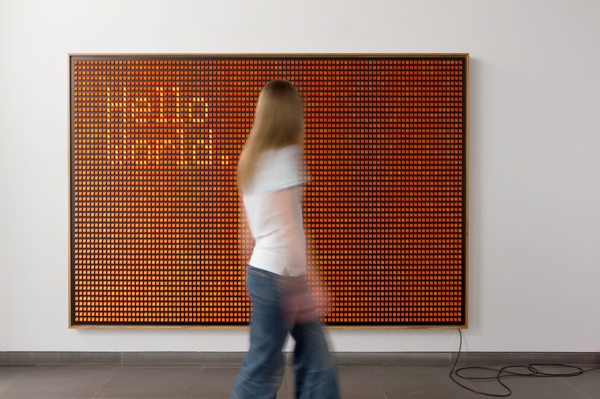
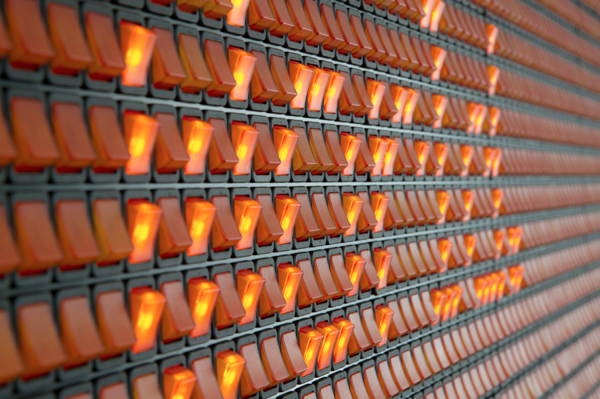
(via TRIANGULATION BLOG)
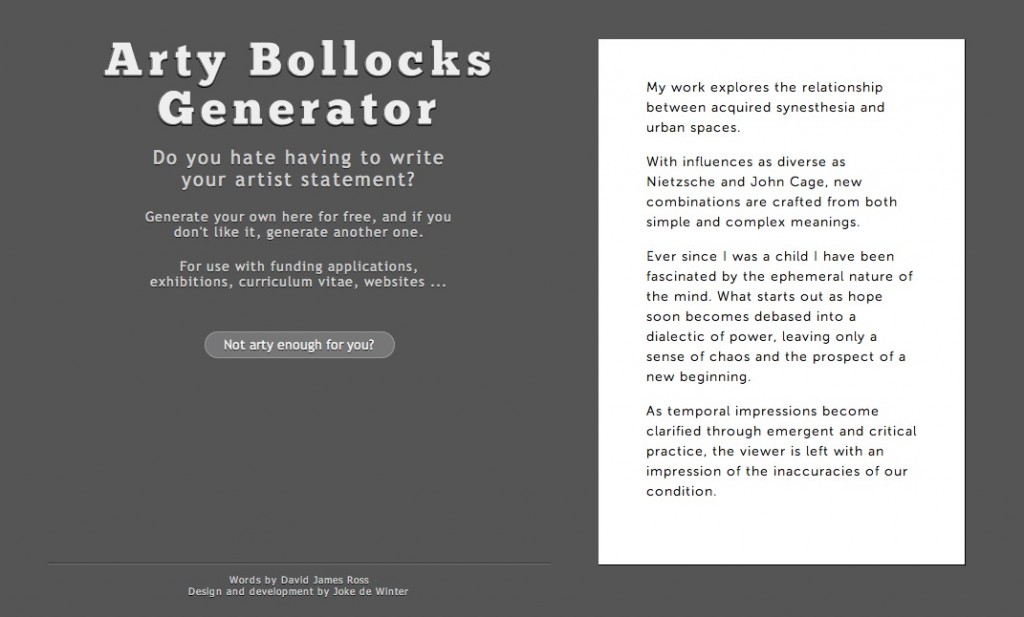
Do you hate having to write your artist statement? Try the Arty Bollocks Generator…
[via dangerous minds]
Ryan Trecartin’s ANY EVER is on view at PS1 NY from June 19 through September 3. This is the exhibition’s trailer…
(via Hyperallergic)